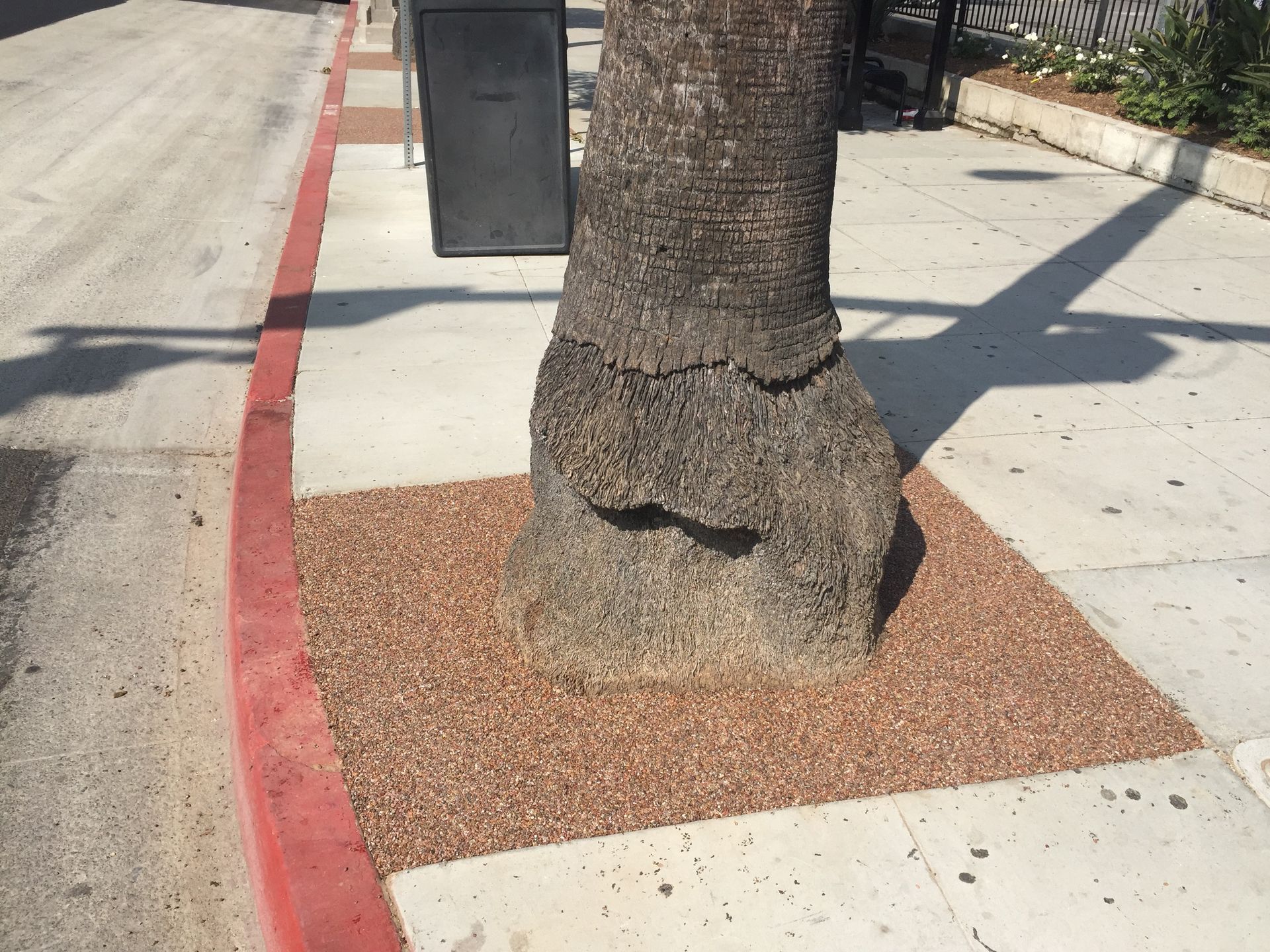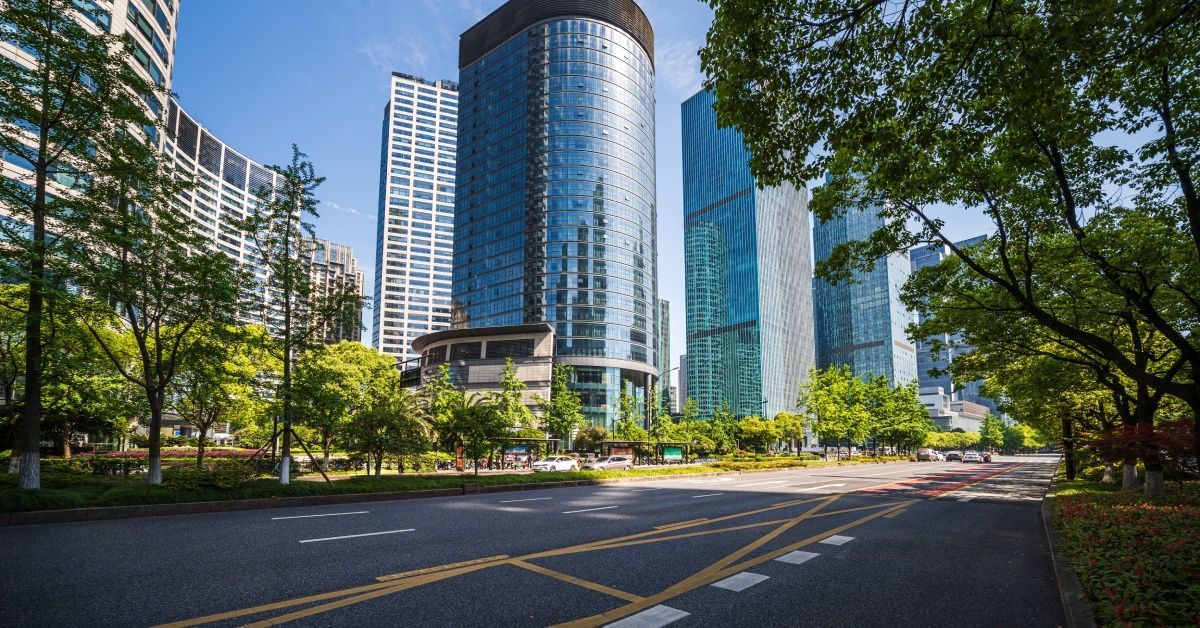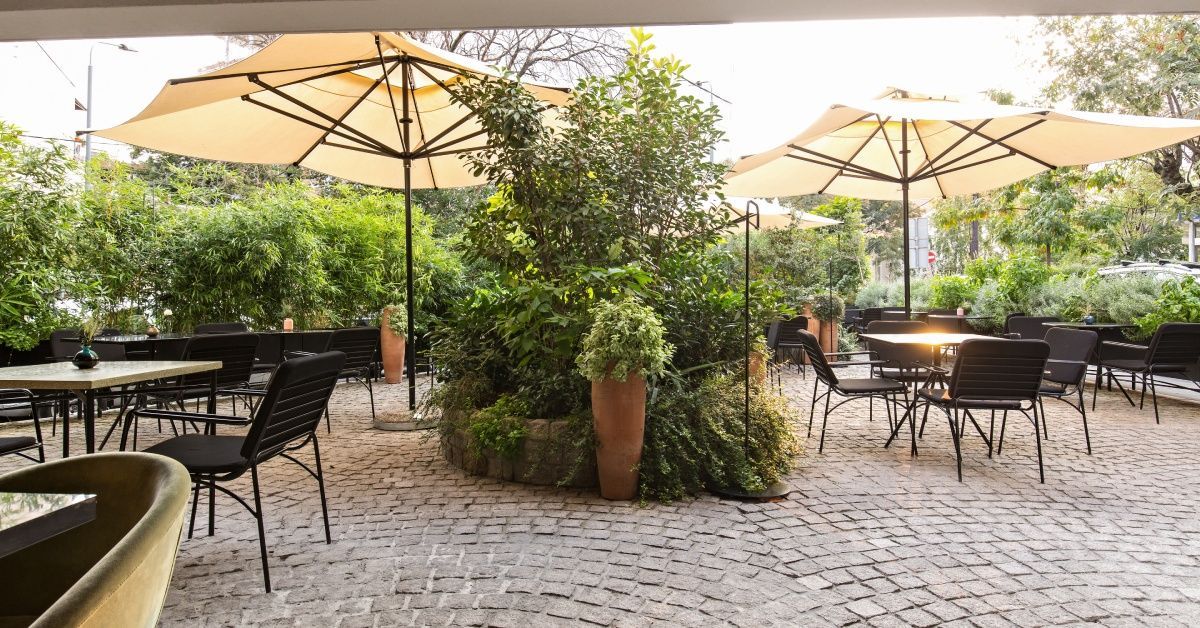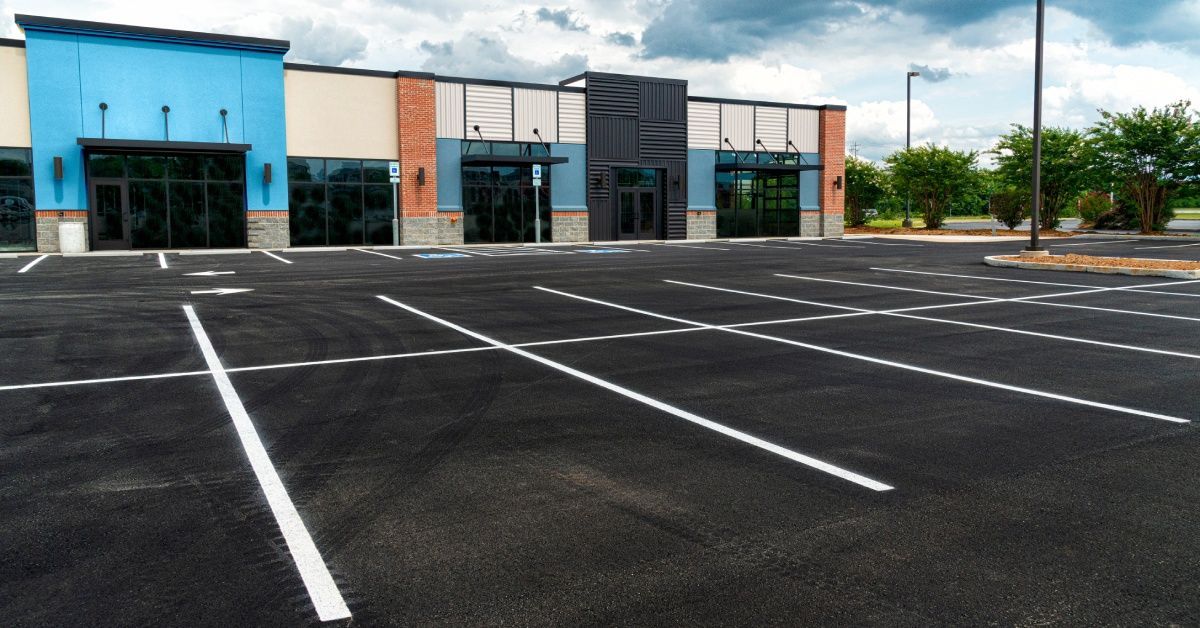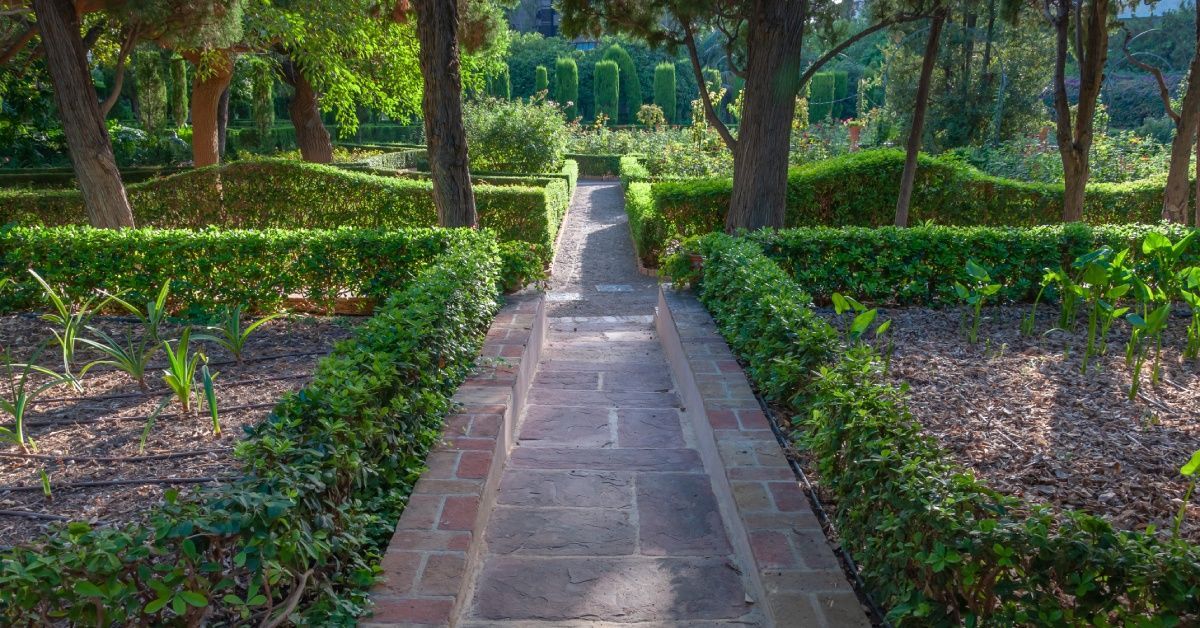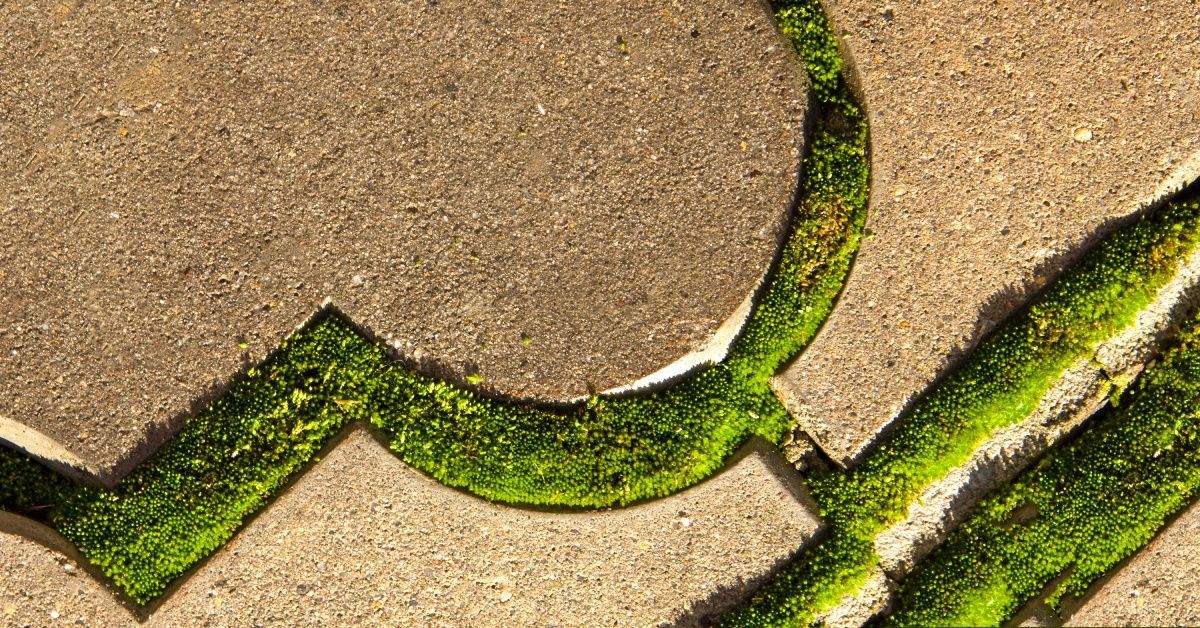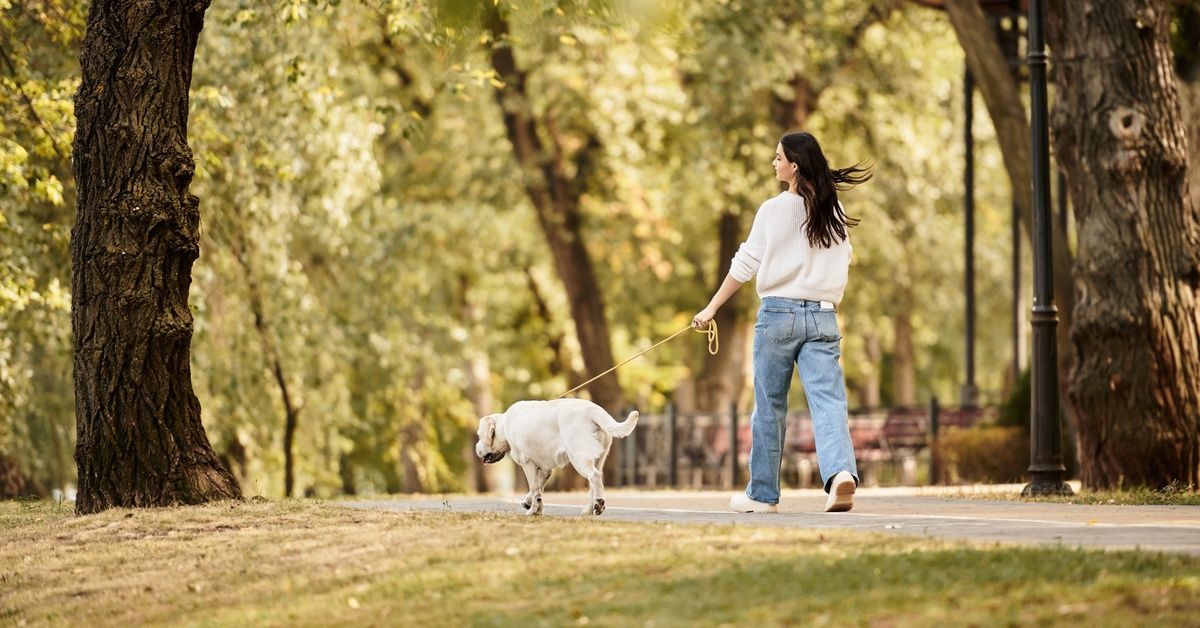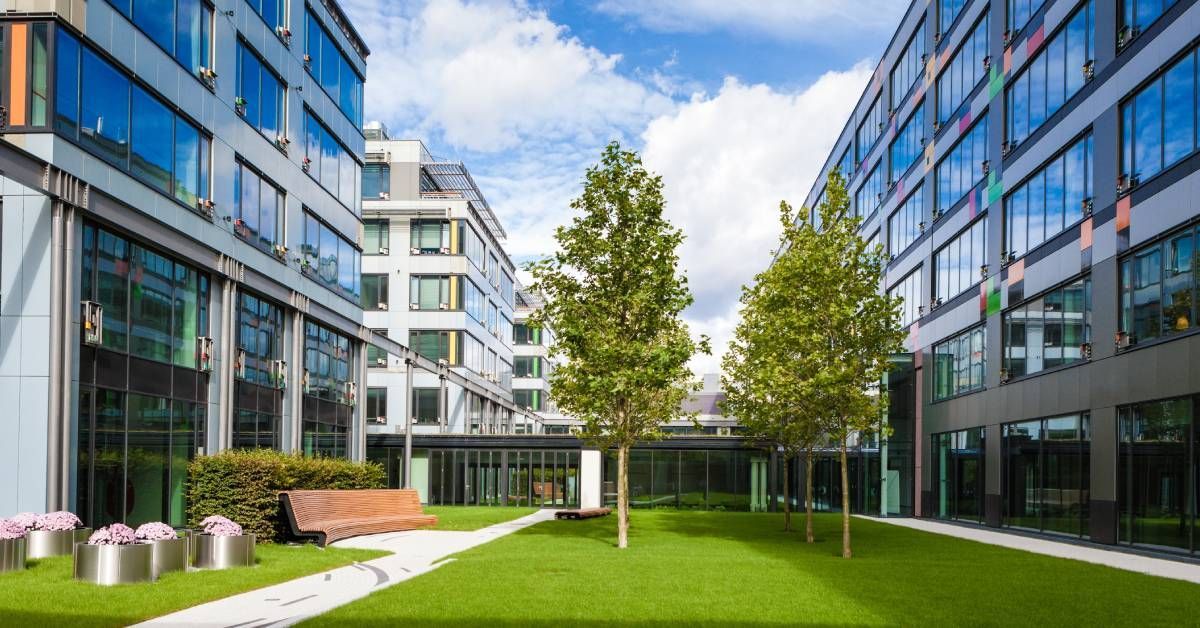5 Concrete Alternatives To Shrink Your Carbon Footprint
Lowering carbon emissions is a responsibility that businesses and communities must take seriously. The solution lies in tangible steps that alter how we design, build, and support nearby landscapes. This blog explores five concrete alternatives to shrink your carbon footprint that offer long-term benefits.
1. Glass Pebble Paving
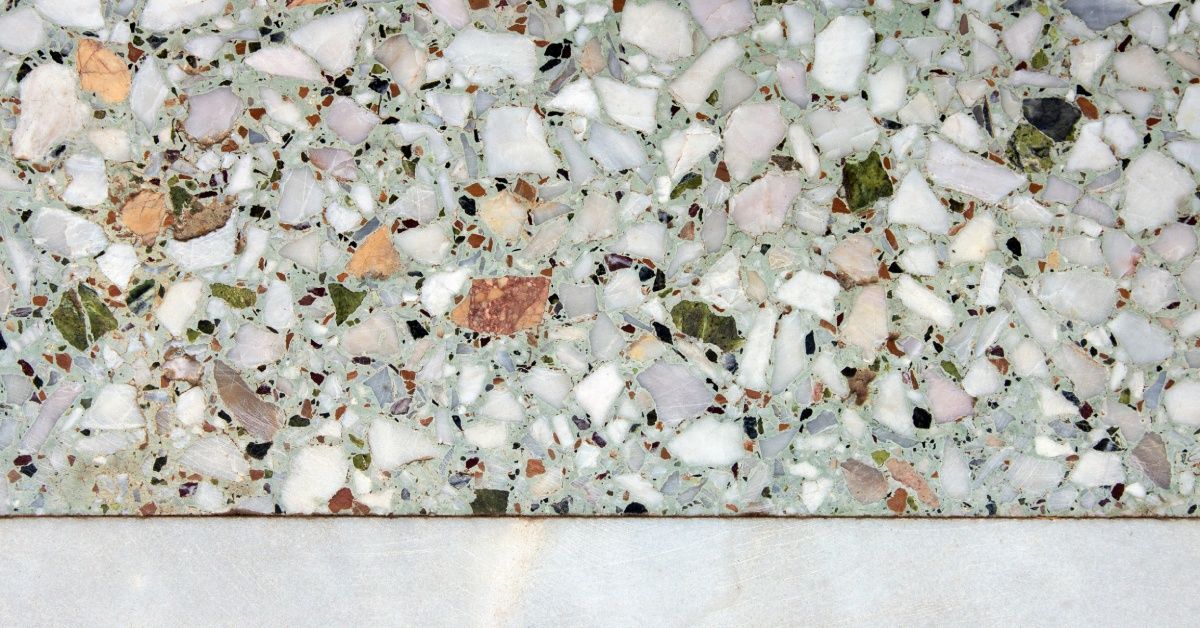
Glass pebble paving is a sustainable and aesthetically pleasing option that uses recycled glass materials. By repurposing used glass into paving solutions, this alternative reduces landfill waste while offering a durable finish. It also promotes better light reflection, reducing the need for artificial lighting in some outdoor areas. Its durability means less maintenance and replacement, further reducing long-term environmental costs.
Installation and Applications
This paving is installed by embedding glass pebbles into a binding material, giving it a polished, attractive surface. The process is straightforward and customizable to match the specific needs of a project. You’ll often find glass pebble paving in walkways, public parks, and decorative pathways.
Cost and Maintenance
Although the upfront cost of glass pebble paving may be slightly higher than conventional materials, its longevity and low maintenance requirements make it an economical investment. The nonporous surface resists staining and requires only occasional cleaning.
2. Permeable Paving
Permeable paving is effective at managing stormwater and reducing urban flooding. It allows water to pass through the surface and seep into the ground instead of pooling or running off into storm drains. This natural filtration process improves groundwater quality while helping prevent waterlogging or erosion.
Installation and Applications
Permeable paving involves multiple layers, including a filtering base that supports proper water infiltration. The installation process is efficient and adaptable, often tailored to different designs and functions. It’s ideal for parking lots, outdoor plazas, and driveways.
Cost and Maintenance
While the initial installation costs of permeable paving may be high, you’re investing in reduced runoff management expenses and increased stormwater absorption. Routine surface cleaning enables proper filtration and keeps the material functioning at its best. Debris removal is simple and helps maintain its permeability.
3. Permeable Gravel
If you’re looking for a cost-effective and sustainable alternative to concrete, permeable gravel is a fantastic option. It uses a specific mix of stones and aggregates laid over a supporting base layer to allow water infiltration. Its porous structure facilitates better absorption, replenishing groundwater and reducing runoff pollution.
Installation and Applications
One of the major advantages of this method is its simple installation process, which doesn’t require heavy machinery or chemicals. It involves spreading gravel over a stabilizing grid or substrate, creating a sturdy and level surface. Permeable gravel is commonly used for pedestrian pathways, private roads, and low-traffic areas. It’s perfect for spaces where minimal disruption to the natural environment is a priority.
Cost and Maintenance
Permeable gravel is one of the more affordable materials on this list, making it a practical option for budget-conscious projects. Consistent raking and occasional refilling help preserve the gravel’s look and performance.
4. Permeable Tree Pits
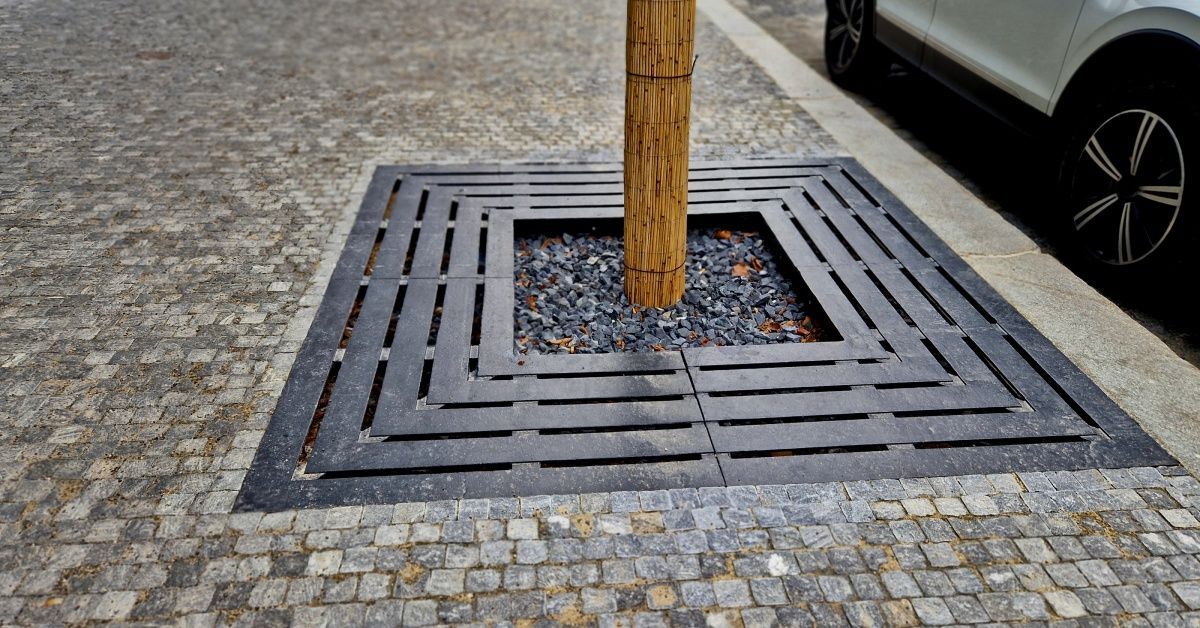
Urban architecture often struggles to keep greenery functional and healthy, but permeable tree pits provide a great solution. These pits are specifically designed to support tree health by allowing water and air to pass freely to the roots. Crafted with porous materials, they prevent soil compaction, encouraging healthy growth for urban trees.
Additionally, permeable tree pits help manage stormwater by capturing rainwater and redirecting it into the ground. When paired with innovative technologies such as resin-bound paving, they become a great alternative to concrete.
Installation and Applications
The installation process for these tree pits involves creating a bed lined with a permeable material, often integrated with resin-bound paving. This combination maintains a clean and level surface around the tree pit. Permeable tree pits are highly suited to pedestrian streetscapes, urban parks, and commercial landscaping projects where green infrastructure is prioritized.
Cost and Maintenance
Depending on the design and material choices, the cost will vary. However, it’s balanced by the long-term health of urban trees and improved stormwater management. Maintenance is quite simple. You can remove fallen leaves and debris to maintain permeability.
5. Green Roof Paving
Green roof paving is an innovative choice that’s both sustainable and functional because it integrates vegetation and walkable surfaces. This approach creates multifunctional spaces that enhance urban biodiversity while providing usable, eco-friendly pathways.
Paving materials for green roofs often include permeable surfaces such as concrete pavers, bricks, or tiles, which allow water to drain effectively. The finishes can be customized to match the aesthetic goals of the project, combining functionality with design. Green roof paving is most effective in urban areas where green space is limited.
Installation and Applications
Green roof paving needs careful planning and installation to balance support for its structure and drainage. Layers typically include waterproof membranes, root barriers, drainage systems, soil, vegetation, and paving materials. Professional contractors create proper weight distribution and prevent water damage to the underlying structure.
This approach is ideal for commercial buildings, urban developments, and public spaces, improving their sustainability profile. It’s particularly suited for rooftops of offices, apartment buildings, schools, and community centers where outdoor areas are designed for recreation or functional use.
Cost and Maintenance
While the initial installation costs are higher than standard roofing or paving, green roof paving offers long-term savings through reduced HVAC expenses, lower stormwater management costs, and a longer roof lifespan. Depending on the size, materials, and complexity, costs can vary.
Ongoing maintenance is necessary to keep green roof paving functional and aesthetically pleasing. This includes periodic inspections, irrigation, weeding, and replanting vegetation as necessary. You may need to call professional services for extensive systems.
Why You Should Invest in These Alternatives
Incorporating these alternatives promotes eco-friendly solutions in construction and landscaping. If you work for a business or municipality and are seeking concrete alternatives to shrink your carbon footprint , you’ll find these options practical and accessible.
Whether you’re trying to support better water management, reduce material waste, or contribute to urban tree health, these choices can make a meaningful impact. By incorporating any of these methods into your projects, you’ll actively contribute to reduced carbon emissions and a healthier planet.
